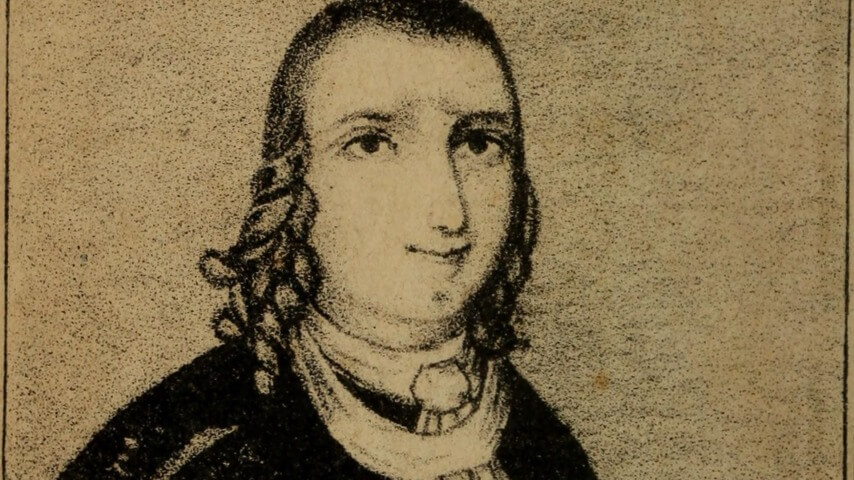Strangest fact: Maybe less “strange” than “noteworthy”—the Friend built a successful congregation, the Universal Friends, the first religious community founded by an American. The group was largely composed of other people the Quakers had thrown out, and the Quakers remained critical of the Universal Friends, as were Philadelphia newspapers, whose negative coverage inspired protests at the Friend’s public appearances. Their theology, however, was nearly identical to mainstream Quaker thought, to the point where one of the Friend’s two published works was plagiarized wholesale from early English Quaker Isaac Penington. (The Friend justified this by suggesting the words would have more resonance if published under their name.)
Like mainstream Quakers, the Friend preached abolition (and had a racially integrated congregation). Unlike the Society Of Friends, they also put women in positions of authority within the congregation. They also helped broker a treaty between the Iroquois and the nascent United States (which, predictably, the U.S. didn’t honor very much of).
Thing we were happiest to learn: While the Friend preached sexual abstinence, they eventually found love. At least, as far as we can tell—Wikipedia uses the “these women who lived together for decades and raised a child together were very, very good friends” tone well-known to readers of history. But in 1785, a young widow named Sarah Richards moved in with the Friend (along with her infant daughter). Sarah adopted similarly androgynous dress, planned the house they built and lived in together for the rest of her life, and left her child in the Friend’s care after her death in 1793. Again, just really, really good friends.
Thing we were unhappiest to learn: The Friend made some enemies. Like so many outside-the-mainstream congregations, they founded a utopian community in Upstate New York. Jerusalem, NY (which still exists, with a population of roughly 4,400), was settled by the Universal Friends, but only after several land ownership disputes. The local judge and magistrate couldn’t settle the dispute on the merits, so they attempted to arrest the Friend on charges of blasphemy. At one point, they escaped arrest on horseback; when two officers tried to arrest them at home, “the women of the house drove the men off and tore their clothes.” Eventually, a posse of 30 men showed up to apprehend the Friend. Their doctor insisted they were in too poor health to travel, but they agreed to appear in court. The court not only found that the Friend had committed no offense, they invited them to give a sermon.
Best link to elsewhere on Wikipedia: The Friend declared that 42 months after their religious awakening—April 1780— the prophecies of the Book Of Revelation would come to pass. The daytime sky growing dark on New England’s Dark Day, in May of that year, was seen as confirmation of the prophecy. In fact, smoke from forest fires and heavy cloud clover were the only horsemen about that day.
Further down the Wormhole: The Friend is considered one of the first openly nonbinary people in American history. It took a mere 245 years after the Friend’s coming out for the State Department to add an “X” gender marker for nonbinary passport holders. Convicted felon Donald Trump reversed this policy earlier this year, as part of his ongoing efforts to strip LGBTQ+ Americans of basic rights. Those rights became a hot-button political issue through the lens of sports. Although trans athletes had been competing under NCAA rules since 2012 with no issues, Trump began fabricating wild stories of public schools performing trans surgeries on the campaign trail, and those delusions are now affecting civil rights law. However, there have always been LGBTQ+ athletes, who have made contributions both in and out of sport. For example, former Los Angeles Dodger and Oakland A Glenn Burke was not only the first Major League baseball player to come out as gay, he also invented the high five. We’ll hit him up top next month.

